I recently saw an article with a LED cube 8x8x8. I saw that it relies on an optical phenomenon called persistence of vision (POV).
So I wanted to create a simple circuit with 4 lines each one with one LED, that will light up with a frequency that will give the illusion that they light up all the time. (I know how to light up 4 LEDs but I want it simple now to catch the point)
Can someone help me and tell me what parts should I need to create this? I have an Atmega 16L microcontroller. Can I complete this without any other chip? Can I achieve this also with 555 and flip flops?
EDIT:
Sorry if I cant be understandable.
I want a simple circuit like the one in the below picture that will light up each strip for a certain time.This time must be sort enough to see a constant lighting.
The black box is whatever parts it will need because I dont know them.
